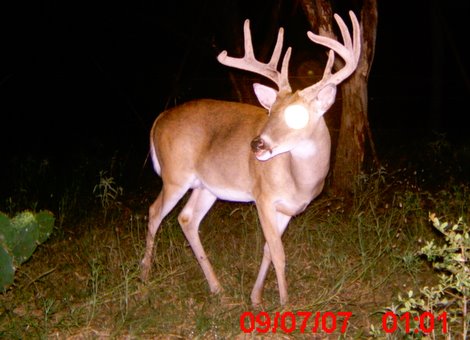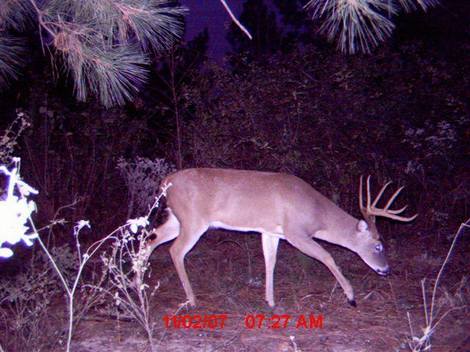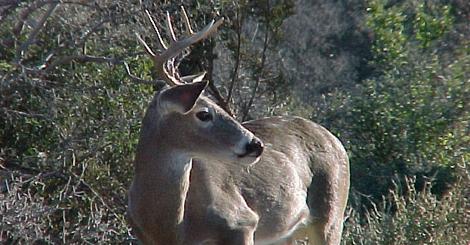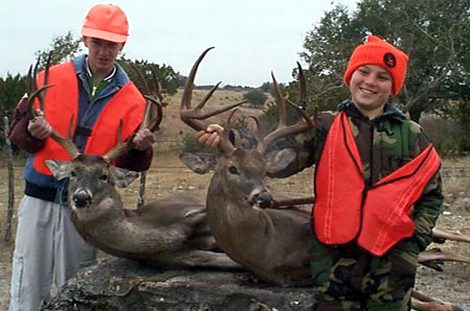Earlier this week I touched on how game cameras and deer management go hand in hand. Not only do digital scouting cameras work 24 hours a day, 7 days a week taking photos of deer on your property, but they also give you a good idea of quality. What could be easier? Here we go.
Camera Placement – I’ve written extensively regarding tips for camera placement, so I won’t go into as much detail here. However, for the beginners out there, the easiest way to photos of white-tail deer is to have something that attracts them. Food, minerals, and water are obvious and good choices. However, although these sites are great for getting deer photos they may not necessarily be the best for collecting deer survey data using your camera.
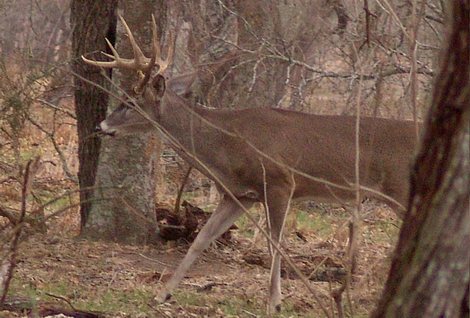
Rechargeable Batteries – This sounds simple, but you can save yourself some heartache and money if you pay attention here. Digital cameras (and make sure you are using digital) are great because they can work around the clock. The problem is that they are motion activated and that requires power.
Each time they are activated and take a photo, the camera uses battery power. This increases with photos taken in the dark. The more photos you take, the more battery power you will need. Invest in rechargeable and be done.
Solar Panels – You have to love the sun! Sure, it’s not all that great when your sweating your butt off setting up feeders and stands in late summer/early fall, but it can take your game camera to the next level. If at all possible, buy a camera that allows you to hook up a solar panel. If you already have a camera, get it converted so that it will work with a solar panel. Then, when you get the chance to check your camera, all you have to do is change out the SD card.

Time and Date-This a no brainer, but many hunters fail to set the time and date when they place out there cameras. Or when placed out, the user simply fails to set the time. Let me tell you, it is extremely frustrating when you check your photos and the times are wrong. Make sure to set the date and time because it, if nothing else, it will give you the exact time when animals were in the area, regardless of whether they return or not.
Locks – Scouting cameras are not cheap. Even the cheapest cameras aren’t cheap enough to just give away. If you place your camera in an area where someone could steal it or if you even suspect that someone could take it, make sure it is lockable. Option number two is to buy an after-market locking system that works with your camera. It’s very exciting to get a nice photo of a monster buck, but it’s also exciting when you arrive to check your camera and it’s gone. It’s just a different kind of excitement.

